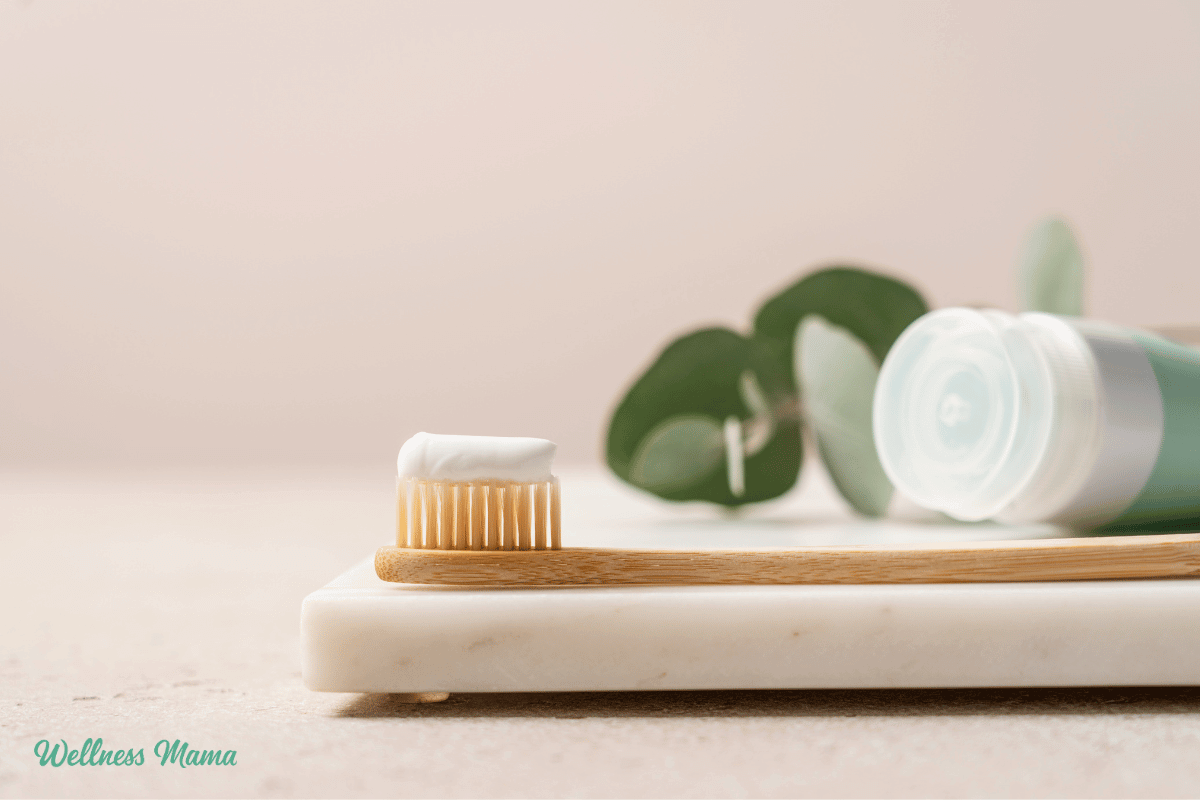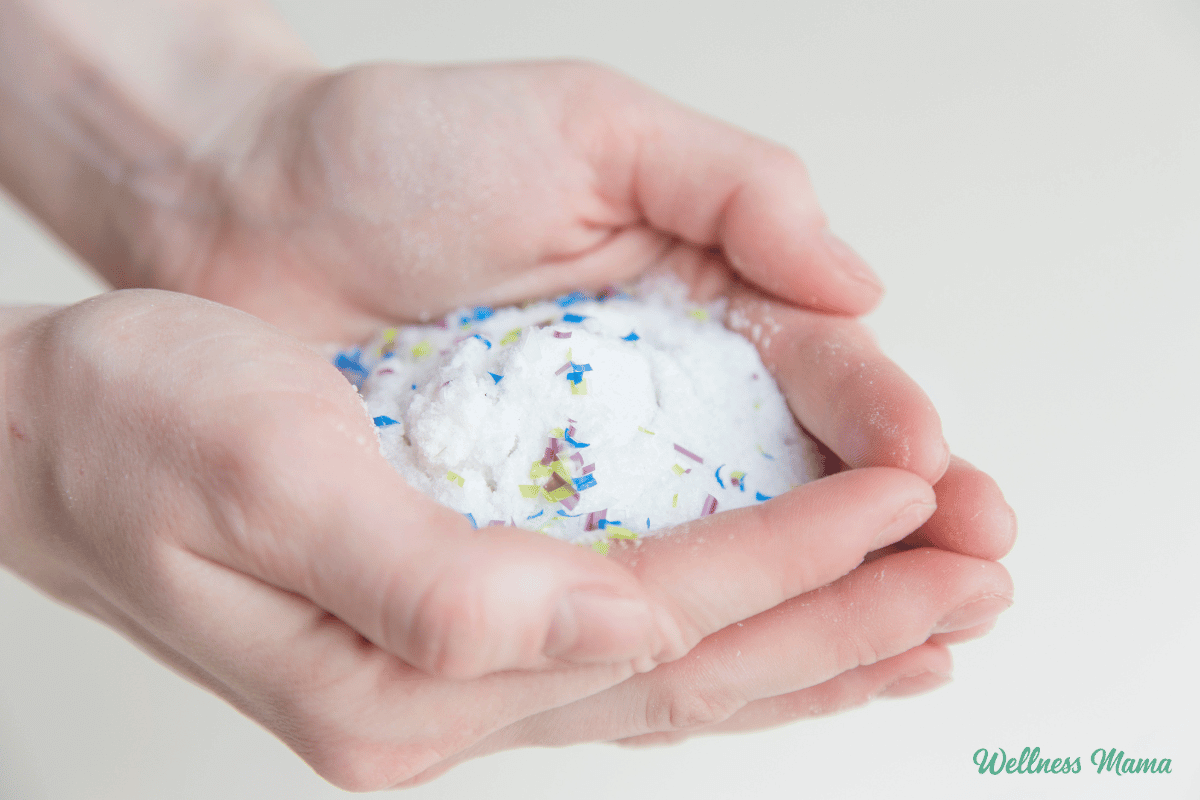For most individuals, maintaining oral health involves regular brushing, flossing, and biannual dental visits. Some also consider teeth whitening treatments for a more aesthetically pleasing smile.
But is visiting the dentist for fluoride treatments and fillings the only way to manage cavities? Based on my research and experiences, teeth can actually be remineralized.
Understanding Tooth Demineralization
Enamel, the outermost layer of the teeth, is the hardest and most mineralized substance in the human body, even surpassing bone in strength. It serves as the primary defense against decay and damage by protecting the inner layers of the teeth. However, demineralization occurs when enamel loses key minerals, such as calcium and phosphate.
Why Do Teeth Lose Minerals?
Conventional dentistry suggests demineralization happens when acids erode the enamel surface. These acids feed on bacteria in the mouth, lowering pH levels and causing enamel breakdown. There are some issues with this explanation, which you can explore further.
In essence, certain foods do contribute to tooth decay, albeit not in the way traditionally described. Historically, cultures without toothbrushes often had straight, white, cavity-free teeth. Once their diets became high in sugar and low in healthy fats and vitamins, cavities started to appear.
Primary factors responsible for mineral loss in teeth include:
Sugar and Processed Foods
Carbohydrates are known contributors to tooth demineralization. Consuming sugar and high-carbohydrate foods can deplete essential nutrients needed for strong enamel, notably lowering the blood phosphorous levels crucial for preventing cavities. Thus, even if sugar doesn’t directly cause cavities by sitting on the teeth, it certainly doesn’t help.
One study indicated that animals developed cavities when sugar was introduced directly into their stomachs, despite not touching their enamel. Foods like grains and modern processed products also sap minerals and foster tooth decay.
Acid Reflux
Acid reflux, or gastroesophageal reflux disease (GERD), leads to stomach acid flowing back into the esophagus, sometimes reaching the mouth. The powerful stomach acid can erode tooth enamel, making teeth more susceptible to other sources of acids found in food and beverages.
Pregnant women may experience acid reflux, and combined with the increased mineral and nutritional requirements of pregnancy, this could present challenges for maintaining healthy teeth.
Signs of Tooth Demineralization
Tooth demineralization symptoms can differ among individuals, yet some common signs exist. Early indicators include white spot lesions on tooth surfaces, often appearing along the gum line. The edges of front teeth might also start to turn translucent or transparent due to mineral loss. Sensitivity to hot, cold, or sweet foods and drinks is another symptom of weakened enamel. Additionally, rough or uneven surfaces on teeth can lead to increased plaque and tartar buildup, as these areas are more prone to plaque accumulation.
Over time, teeth might appear dull or slightly yellow because of enamel loss, revealing the dentin underneath. Advanced demineralization can cause structural damage to the enamel, resulting in cavities or "dental caries," which appear as dark spots or holes in the teeth. If you notice any early symptoms, focusing on remineralization might be beneficial.
Tooth Remineralization
The remineralization process involves reabsorbing calcium and phosphate ions into the tooth structure. This can occur through healthy saliva or with remineralizing toothpaste. Consuming nutrient-rich foods supports remineralization by supplying required chemicals like calcium and phosphate. Without adequate nutrition, oral acids and bacteria promote decay.
Lifestyle Tips for Tooth Remineralization
Tooth enamel is robust but can be worn down or eroded by foods, drinks, and physical abrasion.
Maintain Good Oral Hygiene to Promote Remineralization
Using a soft-bristled toothbrush and a remineralizing toothpaste can prevent plaque from accumulating. An effective remineralizing toothpaste contains hydroxyapatite. A 2019 study showed that hydroxyapatite toothpaste is as effective as fluoride in cavity prevention, without causing fluorosis or organ damage associated with fluoride.
Brush for at least two minutes, ensuring all tooth surfaces, including front, back, and chewing areas, are covered. The Bass Method can enhance tooth and gum health. Flossing removes plaque and food particles from between teeth and under the gumline where toothbrushes may not reach. A healthy mouthwash helps lower plaque levels, prevent gum disease, and freshen breath. The Wellnesse Concentrated Mouthwash is a good option.
For several years, I made my own toothpaste, but now I use a product from Wellnesse that aids in remineralizing teeth and fostering a balanced oral microbiome. In fact, I’ve developed an entire line of wellness-focused oral care products, including floss and toothpaste.
While brushing is essential, holistic dental professionals stress that a nutritious diet plays an even more significant role in tooth remineralization.
Limit Sugar and Starchy Foods
Reducing intake of sugary foods and drinks that corrode enamel is important. This includes foods high in phytic acid, an anti-nutrient that strips away minerals. A 2016 study concluded that the frequency of sugar consumption had a greater impact on demineralization than the total sugar amount consumed.
Fruit juices are also considered sugary products. When working to heal my cavities, I abstained from carbohydrate-rich foods like sweet potatoes and fruits.
Nourish Teeth with Mineral-Dense Foods
Certain foods can support tooth remineralization by providing pivotal minerals. Key minerals for dental health include calcium and phosphorus. Dairy products, if tolerable, are rich in calcium and aid in replenishing enamel minerals. Non-dairy dietary options provide alternative calcium sources. Vitamins D, K2, and magnesium are equally vital for maintaining healthy teeth.
Keep Hydrated
Sufficient water intake assists in flushing away food particles and sustaining adequate saliva production. Without enough saliva, the risk of tooth decay rises, especially when factors such as mouth breathing or medications cause dry mouth. Regular water consumption throughout the day is crucial for keeping the mouth moist and promoting tooth remineralization.
Utilize Xylitol Gum or Mints
Xylitol-containing sugar-free gum, mints, or candies can be effective. Chewing xylitol gum stimulates the production of mineral-rich saliva, promoting a healthy acid-alkaline balance. Even the American Dental Association supports this practice. According to the ADA, increased saliva production aids in the remineralization process.
Practice Oil Pulling
Oil pulling is an Ayurvedic technique involving swishing oil in the mouth for 15-20 minutes before spitting it out. This practice is believed to enhance oral hygiene and general health. Oil swishing helps decrease harmful oral bacteria. Streptococcus mutans, in particular, are involved in cavity formation. I experienced less plaque presence after incorporating oil pulling into my routine.
Avoid Excessive Force
Refrain from using teeth as tools or engaging in habits like teeth grinding (bruxism). Applying too much pressure on teeth can compromise structural integrity and dental health.
Key Takeaways on Remineralizing Teeth
While modern dentistry may be hesitant to acknowledge it, teeth can indeed be remineralized. However, this demands a dedicated, consistent effort day-to-day. I have successfully done this myself, and you can read about my cavity-reversing journey here.
Although my habits have evolved, the core principles remain unchanged: eliminate practices that strip nutrients and harm enamel, incorporate mineral-rich foods and healthy fats, and maintain a daily remineralizing oral care regimen.
Have you managed to remineralize your teeth and heal cavities? Share what worked for you!

















Leave a Reply